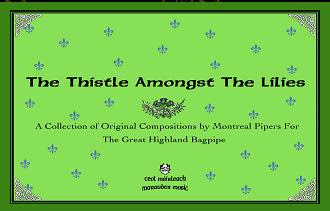Web (marketing) controlled experiments == No informed consent?
Kohavi et al [ 1 ] is an extremely useful survey and guide to controlled experiments on/using the web, told primarily from a marketing perspective. It introduces and describes various experimental methods, examines the technical and organization challenges of running controlled experiments, and delves into various issues of experimental design. It is - for the most part - an excellent resource for anyone wanting to do these kinds of web-based controlled experiments. While I know this article is marketing-oriented, it is clear that some of the results from these experiments will be/have been published in peer-reviewed journals. Yet the authors make no mention of informed consent - even as an aside - in the entire article (and no mention of privacy or privacy issues either). Some of the experiments described or cited are not too different from those that might be done in social sciences or IT user interface research, where researchers are usually required to go through an ethics review



